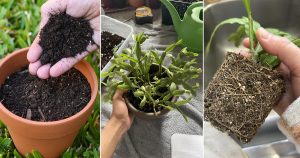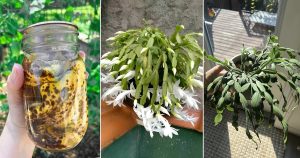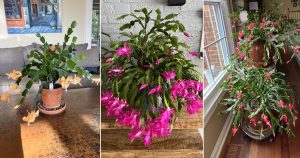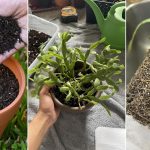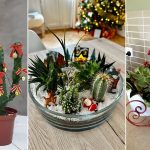Been throwing away the onion peels in your kitchen? Here’s how to make an onion peel fertilizer for succulents!

Onion peels for succulents? Sounds odd, right? But trust us—it’s one of those weird hacks that actually work! Instead of dumping them in the bin, you can use these papery layers to boost your plant’s health, especially if you grow aloe vera, jade, or snake plants.
Why Use Onion Peel Fertilizer for Succulents?
No fertilizer can magically fix all plant problems—but onion peel fertilizer comes close! It’s loaded with essential nutrients like potassium, calcium, iron, and magnesium, along with powerful antioxidants. When used right, this natural blend can help revive yellowing leaves, improve soil health, and even keep pests at bay.
Over time, it helps loosen compact soil, improving airflow and root health, which in turn makes your succulents stronger and more resilient. And if you’re constantly worrying about root rot, here’s some good news—onion peels have mild antifungal properties that help keep those pesky pathogens in check.
Plus, it’s free, sustainable, and doesn’t add any harsh chemicals to your garden routine.
Onion Peel Fertilizer: 3 Ways
1. Liquid Onion Peel Fertilizer
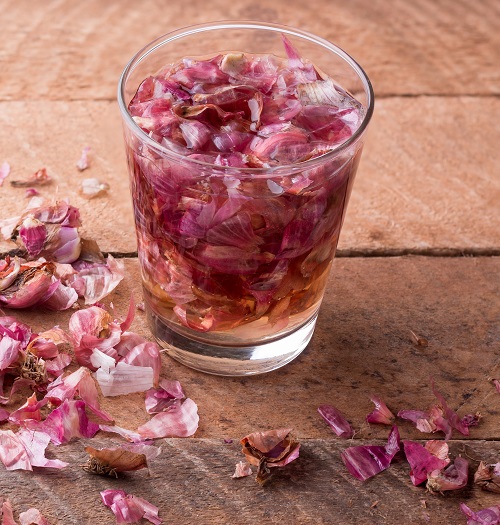
If you’re looking to give your succulents a quick nutrient boost, this one’s for you. Just collect some onion peels over 3–5 days and soak them in water for 24 hours. By the next day, you’ll notice the water turning reddish—that’s your sign that the nutrients have been released.
Next, strain out 1 liter of this water and dilute it in 5 liters of clean water. This 1:5 ratio is perfect to avoid overfeeding. You can store the mix for about 5 to 10 days in a cool, shaded spot.
Apply it to your succulents once every 15 to 20 days—no more than that. These desert beauties don’t like soggy feet, so less is more here. Also, skip this method for tiny cuttings or baby succulents. It works best on mature plants with strong roots.
2. Onion Peel Powder for Soil
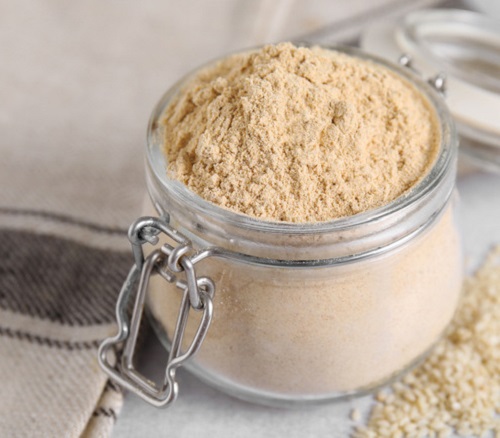
If you prefer a longer-lasting option, try making an onion peel powder. But here’s the trick—you’ll need to dry the peels completely before grinding. If there’s moisture left, they won’t grind well, and the mix could go bad.
Once dried, crush the peels into a fine powder using a blender or food processor. Store it in an airtight jar, and it’ll stay fresh for up to 3 months.
To get the most out of this powder, mix it with equal parts of vermicompost, crushed eggshells, or bone meal. This blend improves soil texture and nutrient levels. Just add 2–3 tablespoons of it to your succulent pots and water lightly.
You can even sprinkle a little on top of the soil like a seasoning, but avoid going overboard—especially in small pots where extra organic material can trap moisture.
3. Onion Peel Mulch
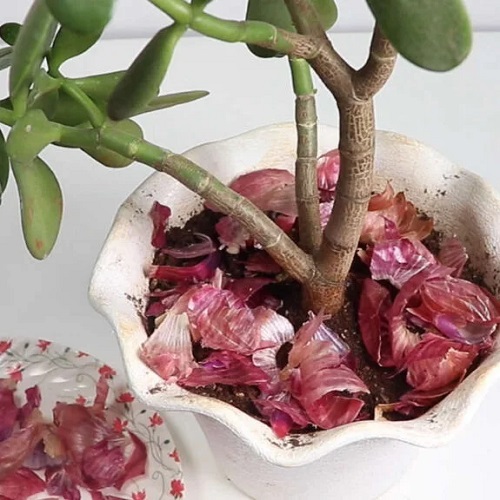
This is by far the easiest method for giving your succulents what they need. All you have to do is gather the scraps of onion peels lying in your kitchen, spread them over the soil of your succulent, and keep them slightly misted.
As these decompose slowly, they act like a slow-release fertilizer, keeping your succulents healthy, happy, and flourishing.
Just keep it to a thin layer—too much mulch can retain excess moisture, and that’s a no-go for most succulents. If you’re using this indoors, make sure there’s good airflow. Onion peel mulch can attract gnats in very humid spaces.
Try out these three methods of using onion peels as a succulent fertilizer and let us know which one works best for you in the comments below!

